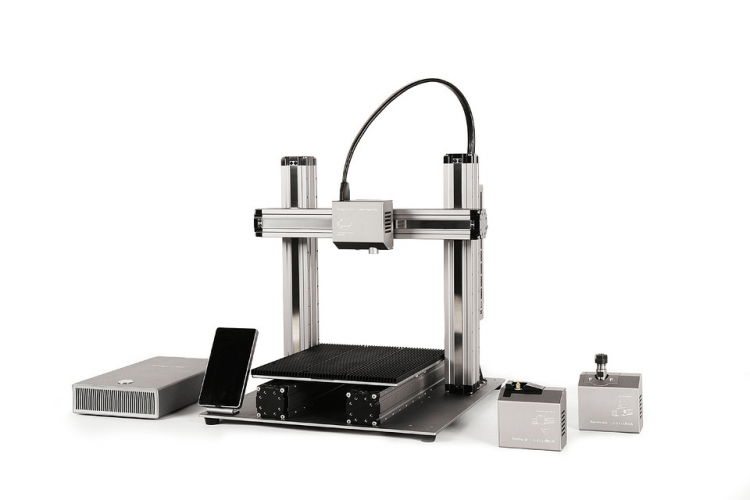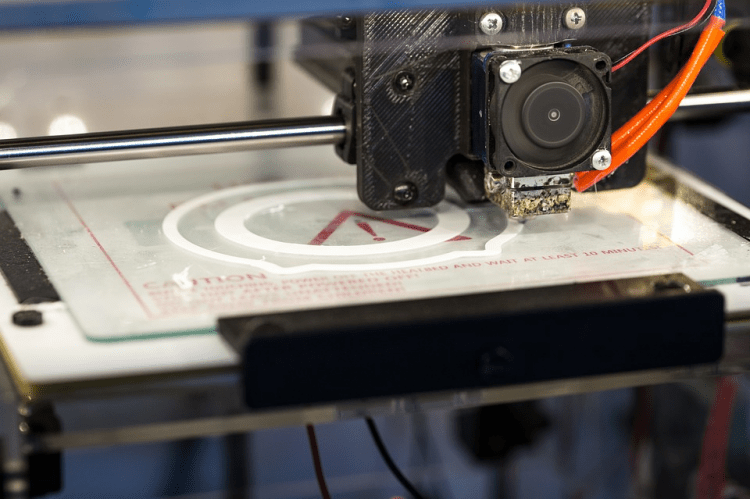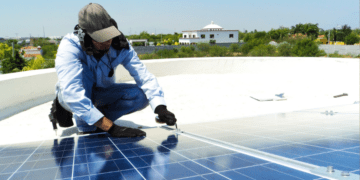The popularization of 3D printing has really transformed so many different businesses and industries and can now be used for home use. Automobile designers, architects, and hobby crafters all use 3D printers to create models, miniatures, and components.
While early 3D printers were incredibly large and expensive, the new generation comes in many shapes, sizes and with widely varying price tags. With so many models now on the market, more and more people are getting into 3D printing. But with the technology being relatively new, many of us don’t actually know what a 3D printer is and what it can do.
This article is a brief guide to how 3D printers work and what you need to know to get started.
1. There Are Different Kinds of 3D Printers
Table of Contents
There are various models of 3D printers available, but the vast majority will be either FDM printers and SLA printers. There are some similarities and differences between the two but both require some practice to be able to use, moreover, the folks at https://io3dprint.com/ explain that SLA printers are usually considered to be the better choice for home use as they are easier to configure and are more accurate for miniature printing. FDM printers can also be used at home but they are usually better for more experienced people as they take more knowledge and skill to configure.
2. 3D Printers Use Filaments to Create Models
These two types of 3D printers use different types of filament to create 3D models: PLA, PETG, and ABS. Each filament has people who swear it is the best choice so it is important to understand some of the basic differences between the three options:
PLA
PLA is very easy and safe to use and can print very detailed models. It is often used by beginners and miniature makers but it can produce very brittle models that can break easily.
ABS
ABS models are not as brittle as PLA but it is less safe and easy to use than PLA as toxic fumes are released while the model is being printed.
PETG
PETG is considered by many people to be the best filament as it combines the benefits of both PLA and ABS without any of the downsides.
3. Layers Are Printed at Different Speeds
3D models are made by printing layers of filament on top of each other. There are various configurations that need to be made to your printer in order to create any model or component but one of the first that you need to learn is print speeds. If your print speed is too high, the previous layer won’t have time to dry before the next layer is applied on top. This is an issue especially for people who are using their 3D printer at home to create miniatures, so when setting up your 3D printer for this use, choose a print speed around 25mm per second and this will give each layer enough time to print with the utmost accuracy and detail
4. The Height of the Layers Creates Different Detail
Printing different heights of layers will facilitate different levels of detail. For larger, simpler designs, a larger print height is fine as there is not too much detail. For small models like miniatures or technical components, however, the layer height will need to be as small as possible. Unfortunately, many very cheap 3D printers will have limits on how small the layer height can be so if you are serious about 3D printing it is important to check that your printer allows you to adjust the layers to the smallest possible heights.
5. Each Layer Is Cooled Before the Next One Is Added
Just like painting, between each layer of filament being applied during a 3D print, it is vital that the layer underneath has had time to cool and dry. If it hasn’t cooled enough then the details of the model will be ruined. One way around this is to slow down the print speed but there are some nozzles that will then drip filament onto the model. Another solution is to print multiple models in a row so that the nozzle is constantly working but each model has enough time to cool and dry.
3D printing is a really incredible technological development and there are so many different industries and hobbies to which it can be applied. It is really important to understand exactly how 3D printers work so that you know what you are doing when you decide to buy one. It is usually worth spending that little bit extra to maximize the configurability of your 3D printing so that you can make the most accurate models.
Also Read: How Your Business Can Benefit From the Use of a 3D Scanner





















